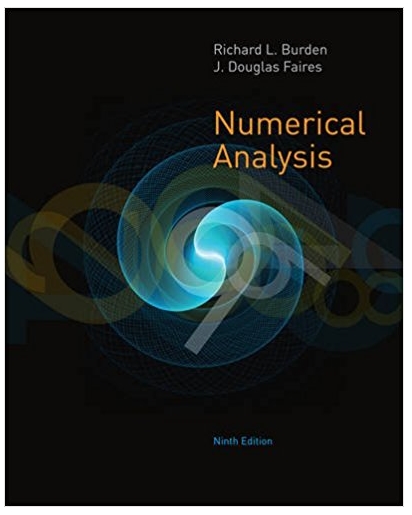Answered step by step
Verified Expert Solution
Question
1 Approved Answer
CASE ANALYSIS Thomas Testing Labs John Thomas, the owner of Thomas Testing, has for some time done contract work for insurance companies regarding drunk driving.
CASE ANALYSIS Thomas Testing Labs John Thomas, the owner of Thomas Testing, has for some time done contract work for insurance companies regarding drunk driving. To improve his research capabilities, he recently purchased the Rupple Driving Simulator. This device will allow a subject to take a \"road test\" and provide a score indicating the number of driving errors committed during the test drive. Higher scores indicate more driving errors. Driving errors would include: not coming to a complete stop at a stop sign, not using turning signals, not exercising caution on wet or snowy pavement, and so on. During the road test, problems appear at random and not all problems appear in each road test. These are major advantages to the Rupple Driving Simulator because subjects do not gain any advantage by taking the test several times. With the new driving simulator, Mr. Thomas would like to study in detail the problem of drunk driving. He begins by selecting a random sample of 25 drivers. He asks each of the selected individuals to take the test drive on the Rupple Driving Simulator. The number of errors for each driver is recorded. Next, he has each of the individuals in the group drink three 16-ounce cans of beer in a 60-minute period and return to the Rupple Driving Simulator for another test drive. The number of driving errors after drinking the beer is also shown. The research question is: Does alcohol impair the driver's ability and, therefore, increase the number of driving errors? Mr. Thomas believes the distribution of scores on the test drive does not follow a normal distribution and, therefore, a nonparametric test should be used. Because the observations are paired, he decides to use both the sign test and the Wilcoxon signed-rank test. Driving Errors Driving Errors Without With Without Subject Alcohol Alcohol Subject With Alcohol 1 75 89 14 72 106 2 78 83 15 83 89 3 89 80 16 99 89 4 100 90 17 75 77 Alcohol 5 85 84 18 58 78 6 70 68 19 93 108 7 64 84 20 69 69 8 79 104 21 86 84 9 83 81 22 97 86 10 82 88 23 65 92 11 83 93 24 96 97 12 84 92 25 85 94 13 80 103 a. Compare the results using these two procedures. Conduct an appropriate test of hypothesis to determine if alcohol is related to driving errors. b. Write a report that summarizes your findings
Step by Step Solution
There are 3 Steps involved in it
Step: 1

Get Instant Access to Expert-Tailored Solutions
See step-by-step solutions with expert insights and AI powered tools for academic success
Step: 2

Step: 3

Ace Your Homework with AI
Get the answers you need in no time with our AI-driven, step-by-step assistance
Get Started


